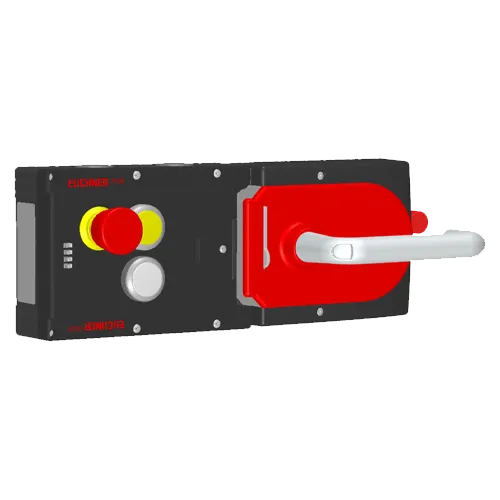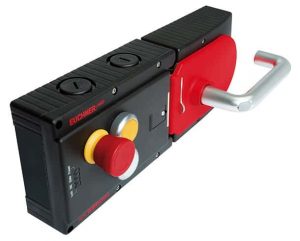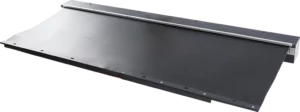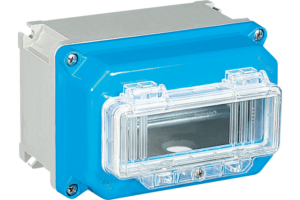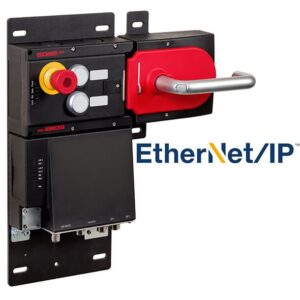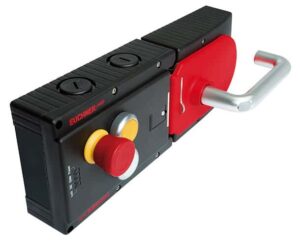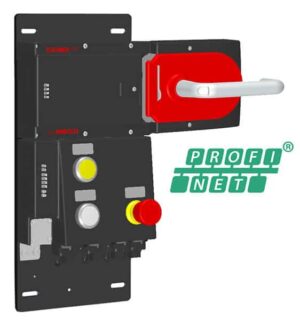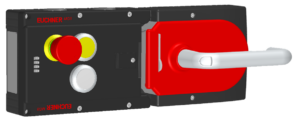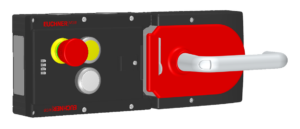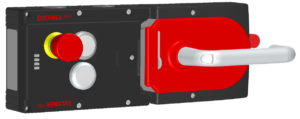Understanding Multifunctional Gate Boxes Definition and Purpose A Multifunctional Gate Box is a core component in modern gate automation systems, serving as an intelligent hub…
Understanding Multifunctional Gate Boxes
Definition and Purpose
A Multifunctional Gate Box is a core component in modern gate automation systems, serving as an intelligent hub for protection of safety doors, access management, and machinery isolation. It consolidates numerous functions such as manual release, locking modules, and push button operations into a compact, rugged solution tailored for industrial use. These boxes support CIP Safety, EN ISO 13849-1, and 60204-1 MGB Catelogue Operating Manual compliance, enabling maximum safety in even heavy duty applications.
Key Components
Typical configurations include a handle module, control module, and locking module, often built into a modular design to support custom gate hardware views and swing gate requirements. Key components may include:
- Lenses for pushbuttons and indicator lights
- Operator panels with limit switches
- Monitoring outputs and device status LEDs
- Evaluation modules and unit for communication
Benefits of Integration with Systems
These units act as the central control box within automatic gate and gate motor systems. With support for solar power, remote controls, and wireless keypads, they enable remote operation and automatic closing, making them an ideal solution for securing commercial properties, industrial locations, and pedestrian gates. The integration reduces cabling via quick connectors, simplifies the installation process, and ensures a detailed overview of safety status through evaluation units and diagnostic displays.
Gate Control Box Essentials
Role in Automation
In the automation landscape, the gate control box is crucial for secure gate access control options. It acts as a unified interface for interacting with gate openers, driveway electric gate automation, and electronic control units. With features like automatic closing timers, LCD displays, and panel for swing gates, it ensures efficient control of gate operators and their gear motors.
Common Features and Specifications
Key features include:
- Modular safety gate system with adhesive labels for customization
- Pushbutton units with 3-stage function capability
- Limit switches and evaluation modules for feedback
- IP-rated stainless steel enclosures with cable entry protection
- Integration of board inputs, MERAK control board, and terminal plugs
Installation Methods and Considerations
With flexible installation options including M12 plugs and plug connectors, these gate boxes ensure a quicker installation while maintaining levels of security. Installers must consider wiring standards, locked position enforcement, and tamper resistance, especially for solar accessories for driveway gate automation or off-grid packages.
Safety Gate Control Units
Importance in Modern Systems
Safety gate control units are vital for monitoring and managing guard locking and safe guard conditions in real time. They integrate with access controls to prevent unauthorized entry, ensuring complete safety in high-risk industrial zones.
Core Elements: Safety Sensors and Pushbutton Units
These units incorporate safety switches, safety sensors, and evaluation units for continuous monitoring. They often work alongside control panels, push button arrays, and manual release systems to provide full compliance with industrial safety standards.
Examples of Effective Units like PNOZmulti 2
Advanced models such as the PNOZmulti 2 or SW24 series act as comprehensive control boards that interface seamlessly with gate hardware, safety devices, and PLC-based logic. These systems often include monitoring outputs, unit with display, and programmable protocol frames for custom logic execution.
Modular Gate Box Systems
Flexibility and Adaptability
A modular gate box system supports evolving operational needs by allowing users to reconfigure gate panels, swap handle modules, or upgrade safety sensors without replacing the entire unit. This enables adaptability across multiple applications—from swing gate control to industrial gate automation.
Advantages of Modular Designs
Benefits include:
- Swappable locking arms and control modules
- Scalable architecture compatible with U-Link protocol
- Integration with panel displays and standalone off-grid solar packages
- Supports accessory units like unit with trimmer and cloud platforms
Customization Options
Operators can configure:
- Aluminium face plates and brushed stainless steel panels
- Pushbutton layouts, magnetic locks, and tamper-proof functions
- Interfaces with unit price catalogues and mind returns policies for vendor flexibility
- Gate automation solutions for electric gates and bi-folding gates
Advanced Technologies in Gate Control
Premier SW24 Controllers
The SW24 control board represents cutting-edge automation system integration with features like:
- DC control, including 24V DC control options
- Advanced security features and diagnostic connectivity devices
- Real-time Safety Device Diagnostics and connection of safety sensors
- Compatibility with evaluation modules and unit for communication
These systems enable rapid response, reduce false positives, and increase uptime for heavy duty, industrial applications.
Auxiliary Components for Enhanced Functionality
Remote Controls and Wireless Receivers
Supporting remote controls, 2-way radio gate systems, and Wi-Fi gate intercoms, these accessories allow full remote operation and access from mobile devices or wall-mounted digital keypads. They’re essential for driveway gates, pedestrian access, and gate operators in commercial properties.
Role in User Experience
Features like LCD displays, operator panel customization, and intuitive push button interfaces offer superior usability. Device status indicators provide peace of mind, while additional features like escape release mechanisms support emergency scenarios.
Contribution to System Reliability and Security
Auxiliary modules, including evaluation units, manual release, and limit switches, enhance overall safety and reduce risks of faulty operations. With locked position detection, monitoring outputs, and locked status alerts, operators gain a full overview of system integrity and compliance.
